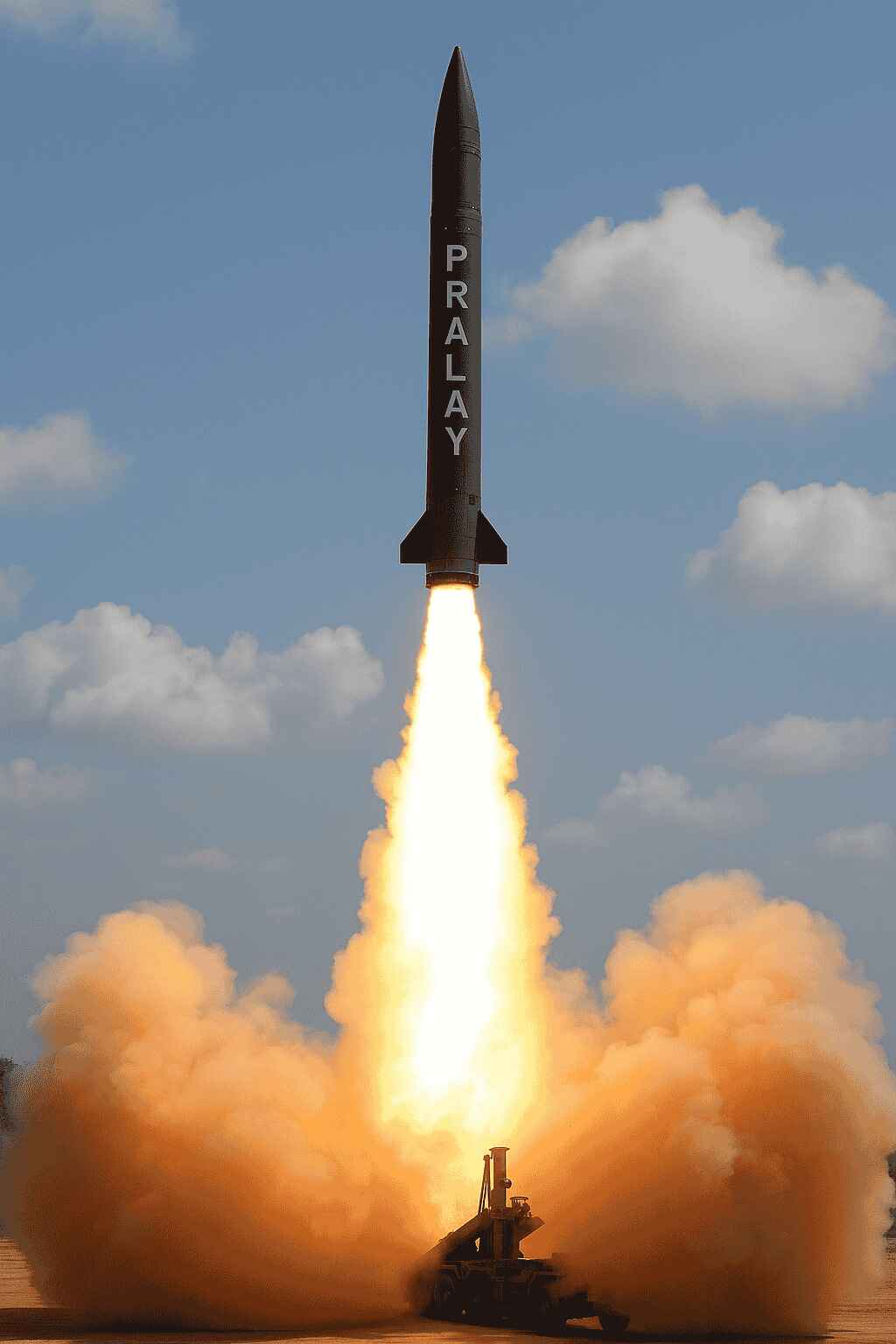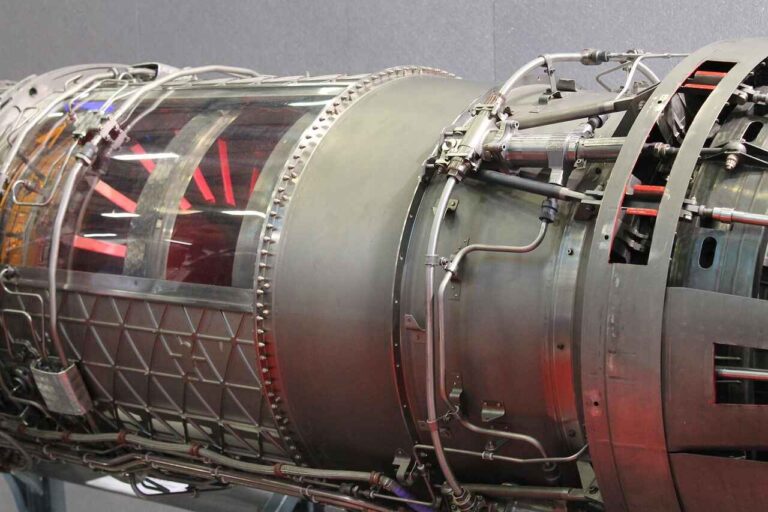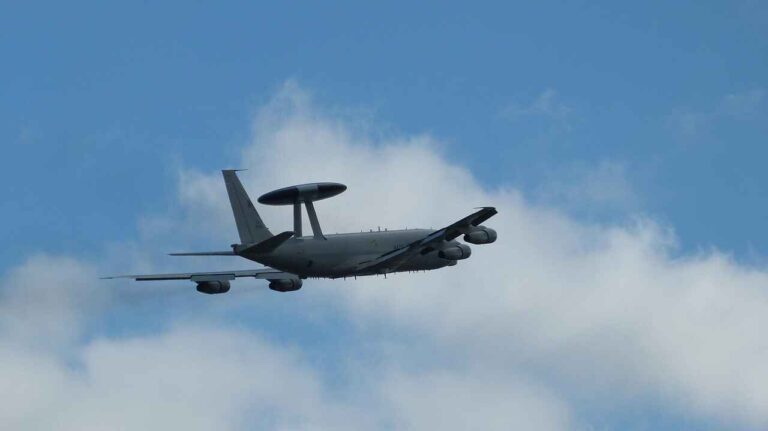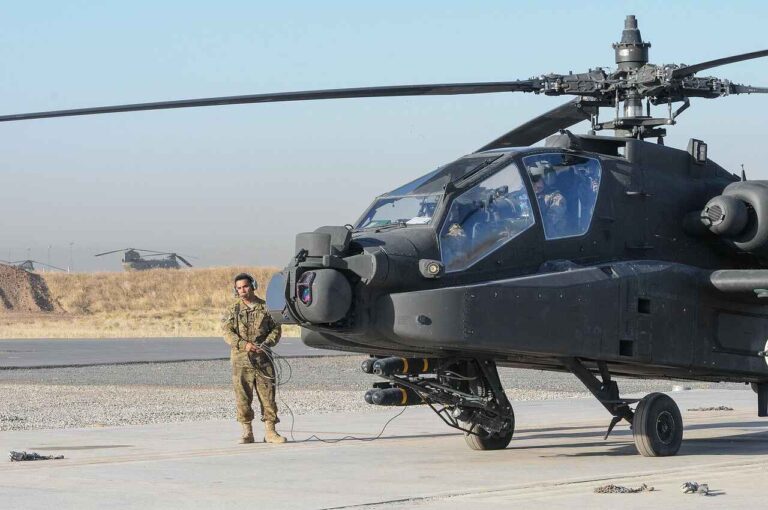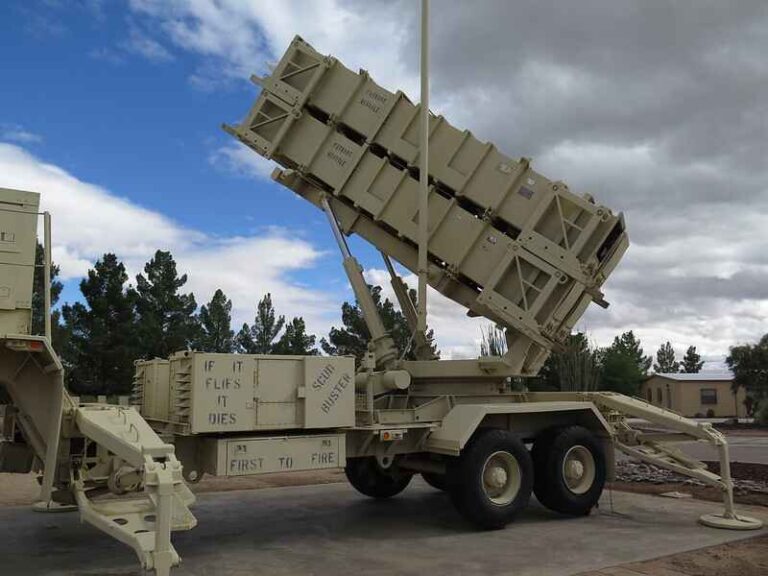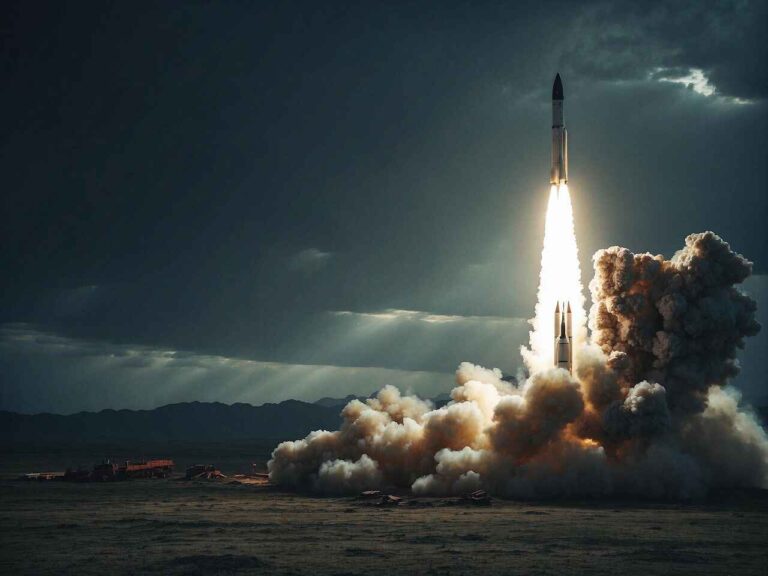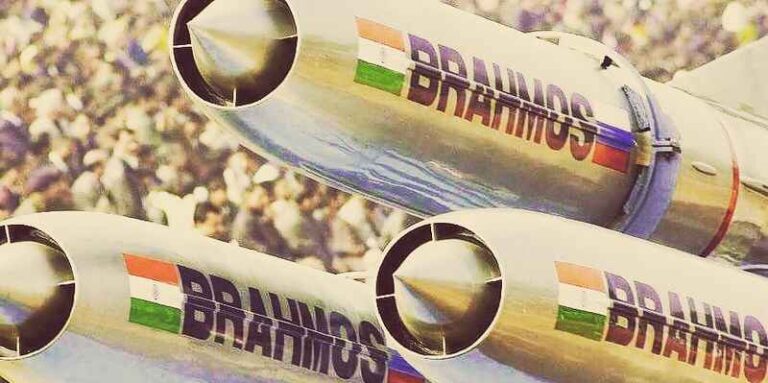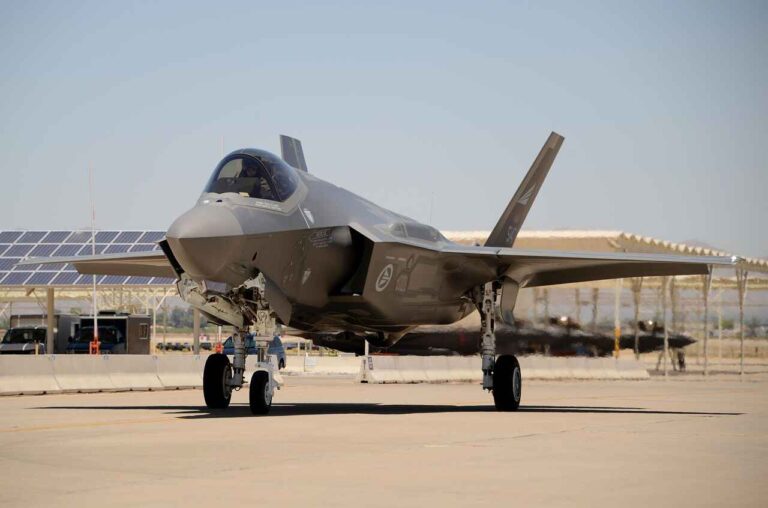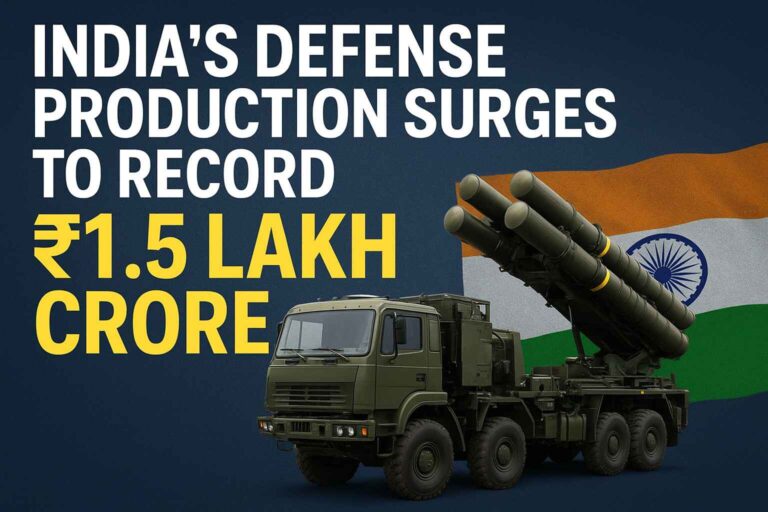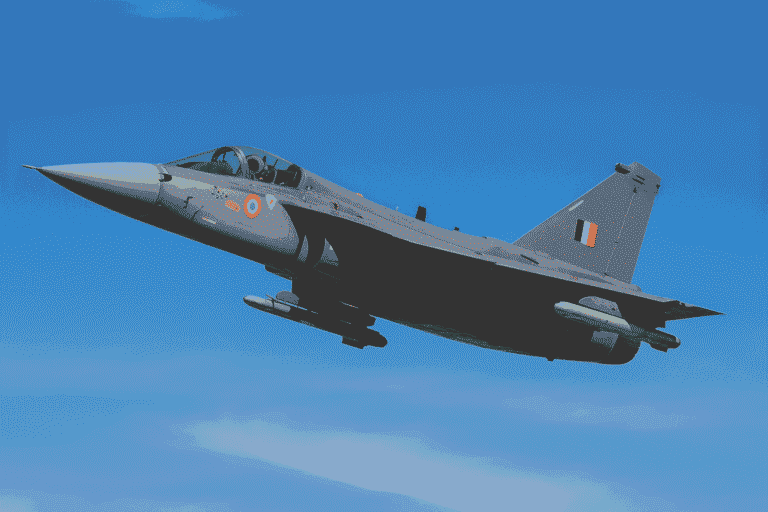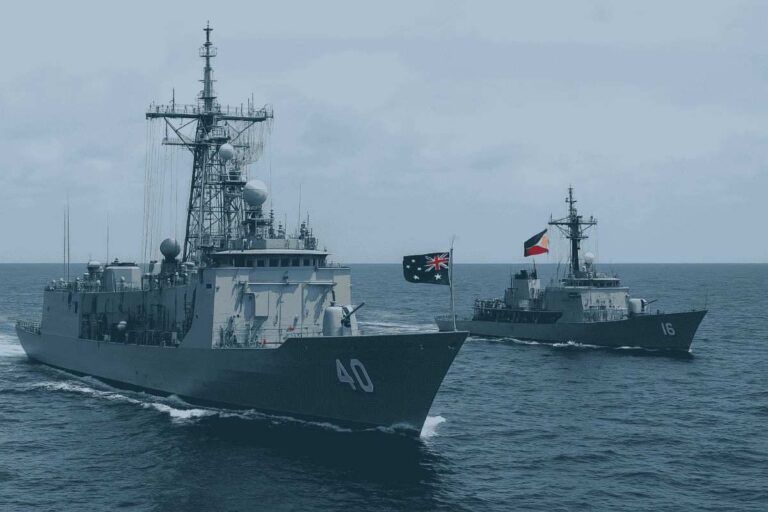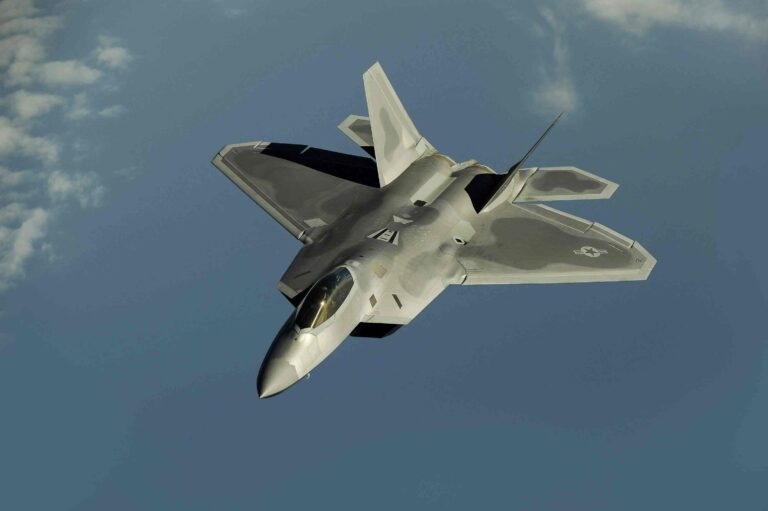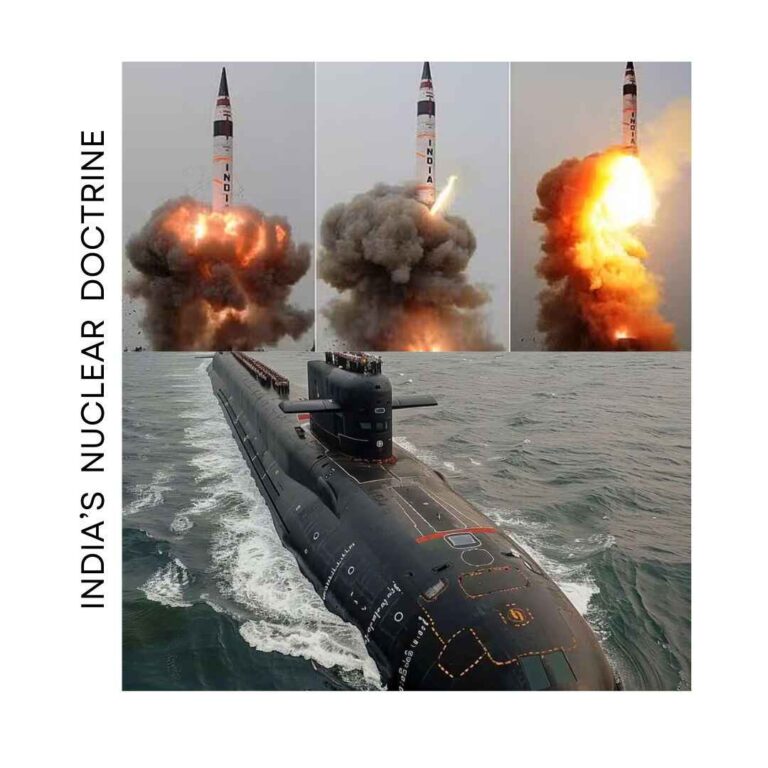Wednesday, 30 July, 2025
In a landmark achievement for Indian defense technology, the Defence Research and Development Organisation (DRDO) has successfully executed two consecutive flight tests of the Pralay tactical quasi-ballistic missile on July 28 and 29 from Dr. A.P.J. Abdul Kalam Island, strategically located off the coast of Odisha. DRDO officials reported that both flights met all established mission objectives, thereby validating the missile’s advanced control systems, sophisticated guidance algorithms, and operational accuracy under realistic conditions.
The Pralay missile, which has an approximate weight of 5,000 kg, is characterized as a solid-fuel, road-mobile missile launched from a truck-mounted canister. This innovative design enhances battlefield mobility and reduces the missile’s vulnerability to enemy detection and countermeasures. The missile’s ability to follow a quasi-ballistic trajectory allows it to manoeuvre mid-flight along a depressed path, making it exceedingly difficult for contemporary missile defense systems to intercept effectively. Throughout both launches, the missile displayed remarkable precision by successfully striking designated targets with a high degree of accuracy and consistency.
Dr. G. Satheesh Reddy, the Chairman of DRDO, emphasized the importance of the recent tests, describing them as a substantial milestone for Indian defense initiatives. He highlighted several key attributes of the Pralay missile, including its solid-propellant rocket motor, which enables a higher thrust-to-weight ratio for enhanced performance; composite propellant developed by the High Energy Materials Research Laboratory (HEMRL); a jet vane thrust vector control system that allows for precise maneuverability; and terminal guidance achieved via an RF-based Digital Scene Matching Area Correlator (DSMAC) seeker housed within a durable fused silica radome. Collectively, these features enable precision terminal homing with a Circular Error Probable (CEP) of approximately 10 meters, underscoring the missile’s effectiveness in combat scenarios.
The execution of these successful tests coincides with India’s broader initiative to establish a dedicated Rocket Force, a component of its military modernization efforts. This Rocket Force is intended to integrate a diverse array of missile systems, including Pralay, BrahMos, and Pinaka, into a cohesive and formidable conventional strike architecture. The timely validation of the Pralay missile is a crucial step toward its anticipated operational induction, projected to occur in late 2025 or early 2026. The Ministry of Defence has previously authorized the procurement of 120 Pralay units for the Indian Air Force, with plans for further expansion to include additional units for the Army.
Experts in the field view the success of the Pralay missile as a significant tactical leap forward for India. Former DRDO scientist R.K. Gupta remarked, “Pralay represents a game-changer. It provides India with two long-range conventional options—BrahMos serving as a cruise missile and Pralay as a ballistic alternative.” The synergy between these two advanced missile systems significantly enhances India’s strategic deterrence capabilities, offering greater flexibility and cost-effectiveness in military engagements. This advancement underscores India’s commitment to strengthening its defense architecture through indigenous technological innovation and development.
With tensions persisting along both the China border (LAC) and the Pakistan border (LoC), Pralay’s modularity and mobility make it ideal for quick-reaction counterstrikes. The missile is designated for deployment under the Army’s operational artillery units, allowing ground commanders to directly employ conventional ballistic firepower at longer ranges while adhering to India’s no-first-use nuclear policy.
The missile is expected to target strategic adversary infrastructure—such as radar arrays, communication centres, logistics nodes, and airfields—within denied zones, while using the maneuverable flight path to evade interception by adversarial air defence systems.
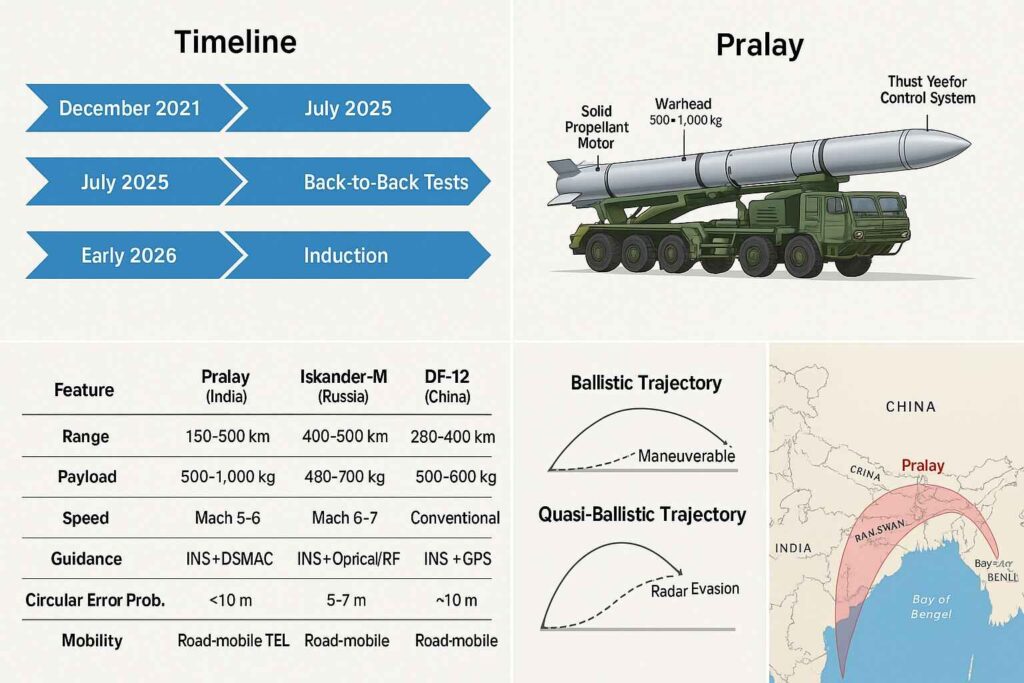
Following these back-to-back flight tests, DRDO plans at least two more validation firings in different payload-range configurations before full induction. Once operational, Pralay will become part of India’s conventional strike arsenal, alongside BrahMos and Pinaka under the newly envisaged Integrated Rocket Force—a tri-force entity separated from the nuclear Strategic Forces Command.
DRDO is also exploring extended-range variants, enhanced terminal seekers (possibly multilateration with imaging sensors), and integration of Pralay into network-centric command systems linked to the Army’s logistics and surveillance assets.
Pralay’s fielding has a profound impact on the tactical dynamics along India’s borders, reshaping the way military strategies are devised and executed. This missile system provides a robust counterstrike option that operates in a conventional framework, allowing for rapid response with minimal warning time. By integrating this capability, India can significantly diminish the risks of escalation that often accompany the use of traditional nuclear systems, delivering a strong deterrent without the same level of catastrophic consequences. Pralay’s precision targeting plays a crucial role in limiting collateral damage, making it a highly effective tool for targeted operations.
Additionally, the shoot-and-scoot deployment capability of Pralay presents a significant challenge to adversary surveillance systems, making it harder for enemy forces to track and neutralize Indian missile launches. This agility not only increases survivability during operations but also enhances the overall strategic positioning of India on the battlefield, providing a dynamically responsive force in an increasingly complex security environment.
Genesis and Development
The Pralay missile emerged from India’s need for a reliable and indigenous short-range ballistic missile (SRBM) capable of delivering high-precision conventional strikes in a rapidly changing regional security environment. While India had already developed a variety of strategic ballistic missiles under the Agni and Prithvi series, these systems were primarily designed for nuclear deterrence and medium- to long-range engagements. What India lacked was a battlefield-ready tactical missile that could provide a credible conventional response to threats from its western and northern borders.
The turning point came in the mid-2010s when Indian defense planners observed the increasing deployment of advanced tactical missile systems, such as Russia’s Iskander-M and China’s DF-12. Both of these systems possess quasi-ballistic capabilities, making them difficult to intercept. Additionally, intelligence reports highlighted Pakistan’s ongoing investment in short-range ballistic platforms like the Nasr (Hatf-IX). This evolving missile landscape created an urgent need for India to develop its own system capable of swiftly neutralizing high-value enemy assets without escalating to nuclear thresholds.
To address existing capability gaps within its defense systems, the Defence Research and Development Organisation (DRDO) initiated the Pralay missile project in the late 2010s. This initiative was spearheaded by the Defence Research and Development Laboratory (DRDL) located in Hyderabad, with significant contributions from the High Energy Materials Research Laboratory (HEMRL) in Pune, which was responsible for developing the solid-fuel propellant. Additionally, other DRDO laboratories specializing in avionics, seeker technology, and thrust vector control systems played crucial roles in the project’s development. The missile was engineered as a road-mobile, canister-based system designed to ensure rapid deployment and enhance survivability under hostile conditions.
By 2021, the program had advanced sufficiently to conduct its inaugural flight test. On December 22, 2021, the Pralay missile was launched from the Integrated Test Range off the coast of Odisha and successfully engaged its target, thereby validating its core propulsion and guidance systems. A subsequent test conducted on the following day, utilizing a different payload configuration, affirmed the missile’s extended operational range. These early accomplishments represent a significant milestone in India’s endeavour to establish a modern tactical missile force.
Design and Technical Features
The Pralay missile represents a substantial advancement in India’s efforts to develop a reliable and precise short-range ballistic missile (SRBM) tailored for conventional deterrence. In contrast to the earlier Prithvi series, which encountered challenges related to mobility and accuracy, the Pralay missile integrates advanced technologies that enhance its operational flexibility on the battlefield and complicate interception efforts.
Fundamentally, the Pralay missile is a two-stage, solid-propellant system engineered for rapid deployment and swift reaction capabilities. It possesses an operational range of 150 to 500 kilometres and is specifically optimized for targeting high-value enemy assets, including command centres, radar installations, logistical hubs, and forward operating bases. The missile’s payload capacity ranges from 500 to 1,000 kilograms, allowing for the deployment of various types of conventional warheads. These include pre-formed fragmentation warheads designed for engaging area targets, penetration-cum-blast warheads for breaching fortified structures, and runway-denial submunitions intended to disrupt enemy air operations.
A defining characteristic of the Pralay missile system is its quasi-ballistic trajectory. In contrast to traditional ballistic missiles, which follow a predictable arc, the Pralay operates at a lower altitude and is capable of executing mid-course maneuvers. This capability results in an unpredictable flight path, significantly complicating interception efforts by adversary air defense systems. The missile employs jet vane thrust vector control (TVC) during its initial boost phase, transitioning to advanced aerodynamic control surfaces in later stages, which enables it to perform sharp turns and evasive maneuvers.
Moreover, Pralay’s guidance system represents a noteworthy innovation. It incorporates an Inertial Navigation System (INS) combined with a Radio Frequency-based Digital Scene Matching Area Correlator (RF-DSMAC) seeker, which is encased in a heat-resistant fused silica radome. This integration ensures exceptional terminal accuracy, boasting a reported Circular Error Probable (CEP) of less than 10 meters, thereby positioning it among the most precise tactical missiles in the world. Such precision allows for the neutralization of high-value targets while minimizing collateral damage, an essential factor in maintaining conventional deterrence.
Pralay is engineered for rapid deployment and efficient storage, employing a canisterized design. The missile is launched from a road-mobile Transporter Erector Launcher (TEL), which is generally a high-mobility 12×12 vehicle; however, an 8×8 variant has also undergone testing. Canisterization not only streamlines transportation and ensures swift readiness for launch but also enhances the missile’s longevity by shielding it from environmental factors. This mobility enables the execution of “shoot-and-scoot” tactics, thereby increasing survivability against potential enemy counter-strikes.
In terms of velocity, Pralay can achieve speeds ranging from Mach 5 to 6, categorizing it within the hypersonic realm during certain flight phases. This elevated speed, coupled with its manoeuvrability, considerably diminishes the reaction time available to enemy defense systems, rendering interception exceedingly difficult.
The missile’s propulsion system, developed by the High Energy Materials Research Laboratory (HEMRL) in Pune, utilizes a new generation of composite solid propellants, which provide high thrust and stable performance. Its modular design accommodates future enhancements, including variants with extended range and the incorporation of advanced seekers that demonstrate resilience to electronic countermeasures.
Global Comparison with Other Missile Systems
| Missile | Country | Range (km) | Payload (kg) | Speed | Accuracy | Nuclear Capable | Mobility |
| Pralay | India | 150=500 | 500-1000 | Mach 5-6 | <10m | No | Road-Mobile TEL |
| Iskander-M | Russia | 400-500 | 480-700 | Mach 6-7 | 5-7m | Yes | Road-Mobile TEL |
| DF-12 | China | 280-400 | 500-600 | Mach 5-6 | ~10 m | No | Road-Mobile TEL |
| ATACMS | USA | 165-300 | 500-610 | Mach 3-4 | <10m | No | HIMARS/ MLRS |
| KN-23 | North Korea | 450-600 | 500-700 | Mach 6 | <30m | Yes (assumed) | Road-Mobile TEL |

